5. Last Year at Marienbad (1961)
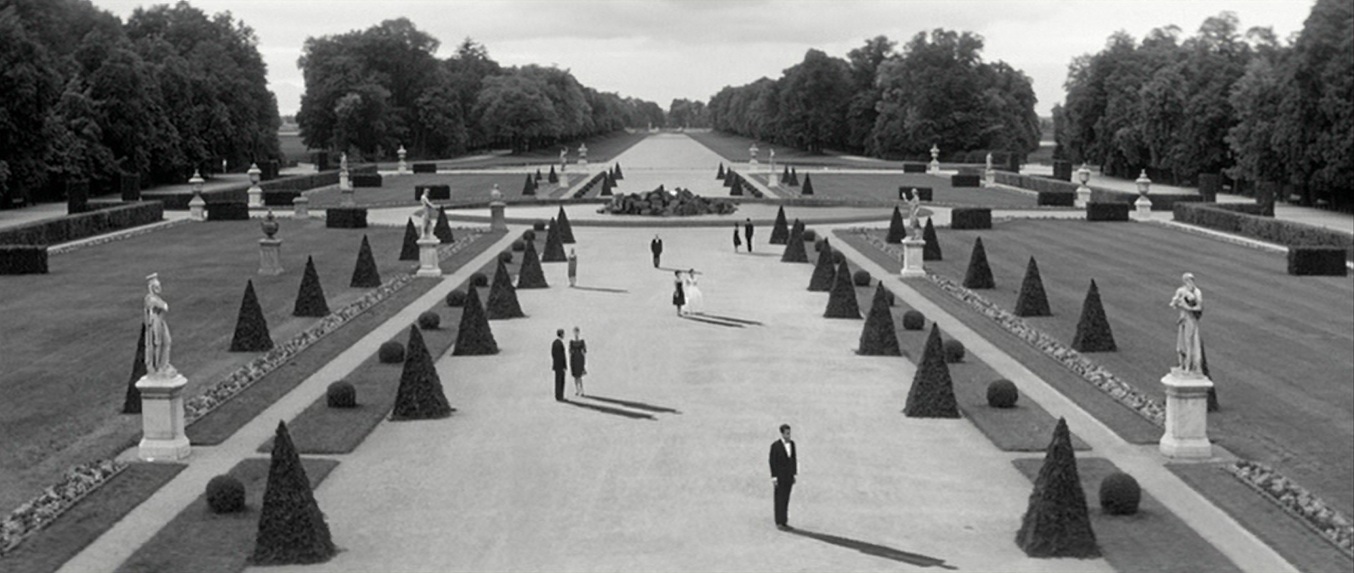
Alain Resnais’ Last Year at Marienbad has been described as illusive, mystifying and perplexing. It deals with the nature of memory and the reliability of remembrance and the passage of time.
Benjamin attempted throughout his work to synthesize the meaning of memory and the passage of time as a uniquely human experience. He felt that the way time moves us in in essence an act of spirituality in that it displays the malleability of our emotions and the way they change throughout time. He wrote that:
“Nothing that has ever happened should be regarded as lost for history.”
Resnais presented this understanding as an interaction between memory and emotion. Time, as presented by Resnais in the film is simply a method by which we experience an emotional state of being.
Through the use of disorienting flashbacks and red-herrings (which confuse the audience, but could be said to be used as a sort of time-space for experimentation of the emotional confluence of experience), Resnais seeks to realize the notion that we are entangled with our past and that our personal histories, though they might be lost to us are inextricably linked to our personal experiences and emotions.
Benjamin again wrote:
“The true picture of the past flits by. The past can be seized only as an image which flashes up at the instant when it can be recognized and is never seen again.”
It is in this sense that Resnais’ film seeks to at once comfort us that our histories are at play in defining our experiences and that the truth of our existence exists within us.
4. Dog Star Man (1961)
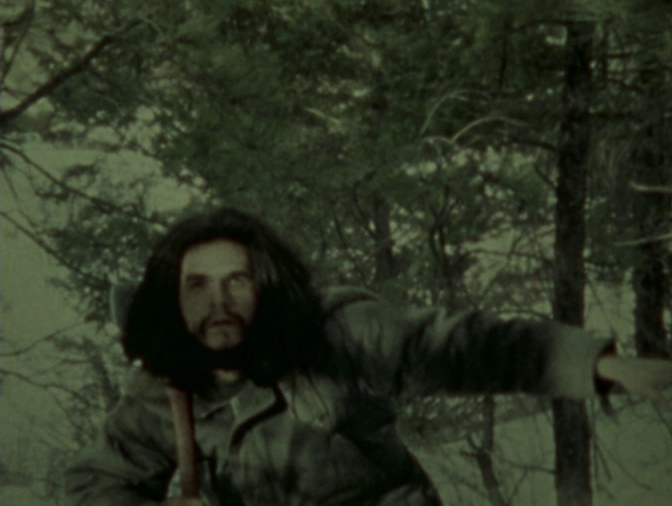
Stan Brakhage, an experimental filmmaker, poet and artist created a series of short films that were ultimately compiled into a feature length exploration of the human psyche, sense of perception and experience.
Dog Star Man which was shot and produced between 1961-1964 uses surreal and experimental techniques to relate the experience of man and his dog to the communal experience of humanity.
Brakhage wrote that the film:
“ended up as . . . an exploration of the whole history of man. I mean, as I climb this hill the images suggest in many ways, metaphorically and in other ways, the history of man himself and his endeavor, and the meaning of whatever it is he does and makes.”
This is congruent to Benjamin’s thoughts on the history of perception and the idea that certain symbolism is inherently linked to the human condition, that relation imagery is inherent to the narrative structure of society.
In a sense, Brakhage’s use of not only a set of images that are obvious (such as the relationship between man and nature), but also the imagery that he created by scratching, dyeing and superimposing on top of each other reach into the viewer’s mind as a set of archaic dream-like symbols which serve to centralize the nuance of human connection and intercultural connection.
3. Snow White and the Seven Dwarfs (1937)
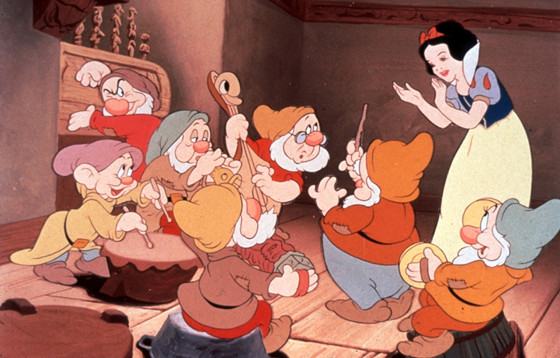
Walt Disney’s Snow White and the Seven Dwarfs might seem like an odd relation to the ideas of Walter Benjamin, however, Benjamin himself was enamoured by fairy tales, calling them “the first tutor of mankind”.
Disney presents the film with flourish, with even the formalistic qualities of animation becoming part of the nature of the fairy tale as a sort of surreal exploration of humanity’s nature as animated beings (in mythic terms, humans were animated unlike the earth, terrain, etc.).
It’s through the magic of the moving image that Disney re-interprets the myths that had been devised in order to tutor humanity toward a what Benjamin said was the aid of the fairy tale as “the fairy tale tells us of the earliest arrangements that mankind made to shake off the nightmare which myth had placed upon its chest.”.
Where Disney presents a modernist interpretation of these age old myths is where the ideas of Benjamin integrate themselves; the mythic becomes the relatable, and when these ideas become relatable, they infuse themselves into the cultural consciousness of a society and are reborn as figures of societal symbology. That’s the real magic of Disney.
2. Synecdoche, New York (2008)
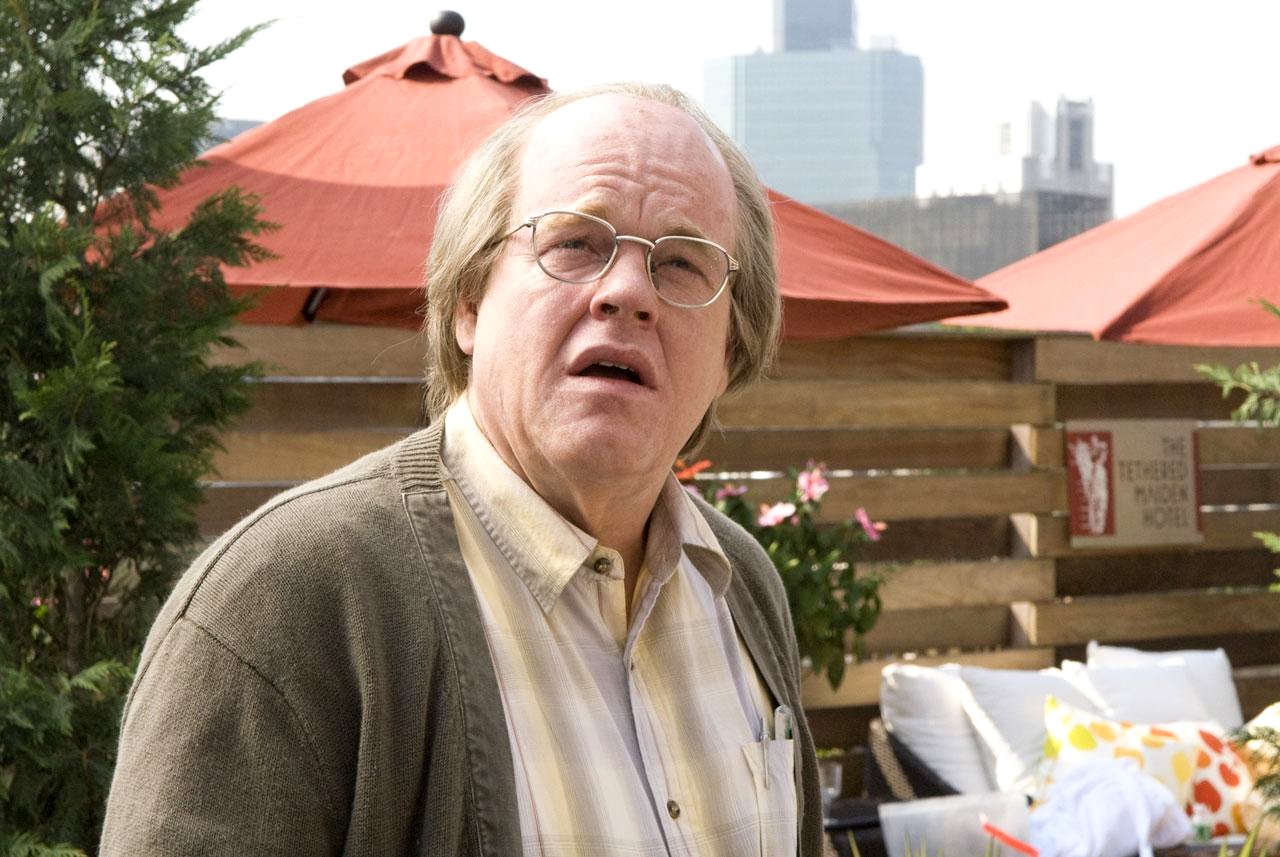
Benjamin wrote that: “Thinking involves not only the flow of thoughts, but their arrest as well.”
Charlie Kaufman’s Synecdoche, New York concerns itself with the life of playwright and director, Caden Cotard (Phillip Seymour Hoffman), a successful but neurotic and lost man.
Over the course of the film we see Caden attempt to recapture moments of his life through art, albeit in a way that is true to the reality of the events. This leads him to construct a massive facsimile of New York in order to re-enact the moments of his life with a near-verisimilitude of authenticity.
Benjamin’s insistence that thought is measured not only by its flow but also the arrest of thought is at play throughout the film, as we see Caden’s neuroticism grow due to his uncompromising need for authenticity in art. It is perhaps this requirement for authenticity by Caden that proves his lack of completion of the monolithic project that becomes his obsession.
In his search for the authentic through the simulation of the real (possible his attempt to restrict or capture the very breath of life), Caden encounters impasse after impasse that further moves him toward delusion.
However, his complete sublimation into the illusion of reality by the creation of his alternate world is perhaps a metaphor for the way we all become infused with our illusions of reality and the actuality of the world we live in. Benjamin discusses this point in The Task of the Translator:
“All purposeful manifestations of life, including their very purposiveness, in the final analysis have their end not in life but in the expression of its nature, in the representation of its significance.”
1. Sans Soleil (Sunless) (1983)
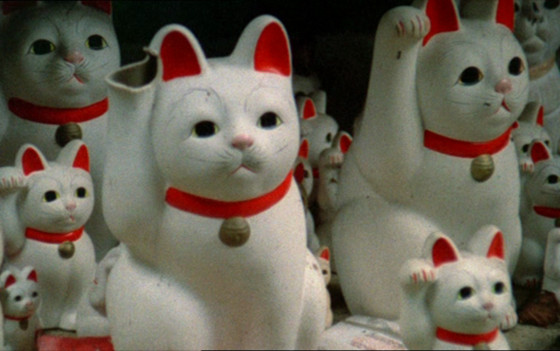
Chris Marker’s Sans Soleil directly relates itself toward the nature of memory and how we sometimes lack the ability to connect the context and feelings of our memories to each other.
Marker uses the artistic imagery of various cultures to contextualize the sentiment of the ultimate nature of ourselves to reflect upon the illusion of reality as an individual truth which is often at odds with our intellectual understanding that our memories can be manipulated by the passage of time and our post-memorial experiences. Marker also attempts to discuss the rapidly changing understanding of a global “reality”, states in the film that:
“The distance between the countries compensates somewhat for the excessive closeness of the times.”
Perhaps like Benjamin, Marker is attempting to relate that the nature of human culture is more closely related to the way narratives and stories (in the form of cultural exchange) is forming a sublimation of global consciousness. In a later release of Sans Soleil, Marker replaces the above quote with an excerpt from T.S. Eliot’s Ash Wednesday:
“Because I know that time is always time
And place is always and only place”…
(And what is actual is actual only for one time
And only for one place.)”
In this sense, he speaks to the relation between the physical and the incorporeal reality of temporality. In a way perhaps, he is echoing Benjamin who stated that:
“From day to day, second to second, the self preserves itself, clinging to that instrument: time, the instrument that it was supposed to play”
In essence, they both acknowledge that the only constant in human understanding is that time will pass and that our interaction and understanding of place and time is what allows us to perceive the depths of our consciousness and our being.
Author Bio: Alan is a writer, musician and composer from Calgary, Canada. His short fiction has been previously published in L’Allure des Mots out of Miami FL. His music can be found on Spotify and iTunes.